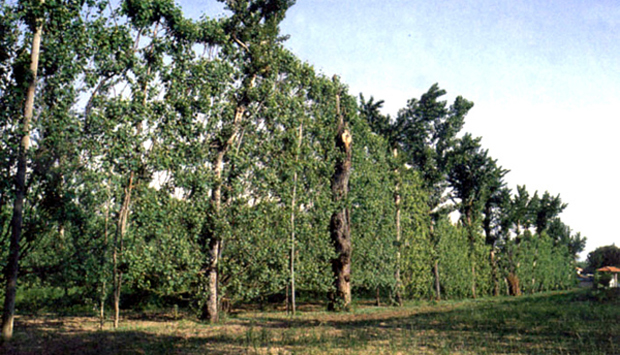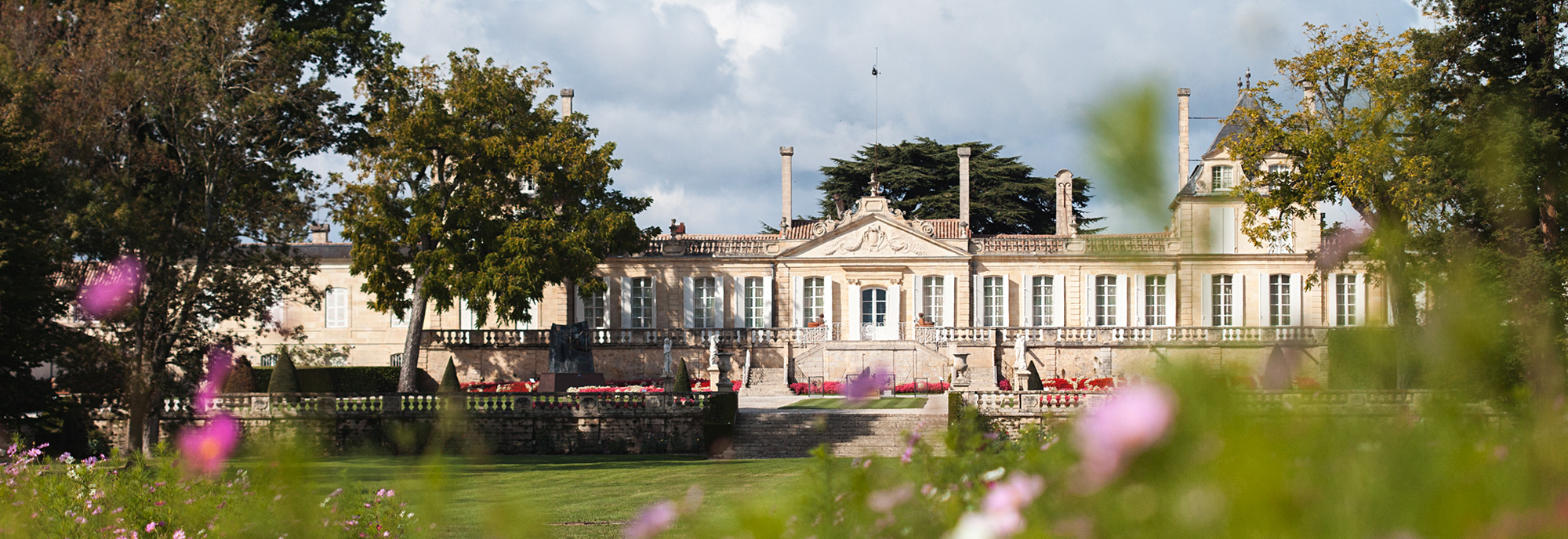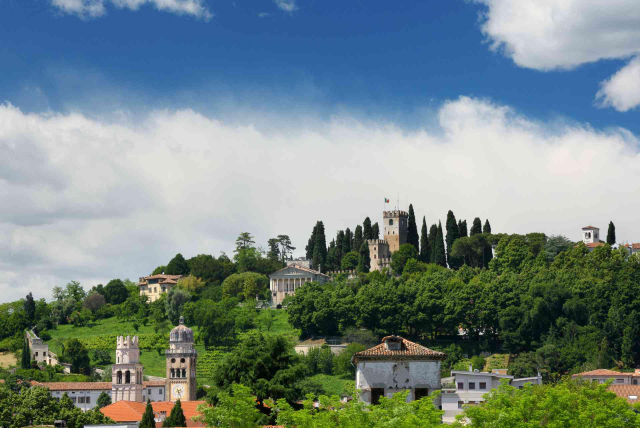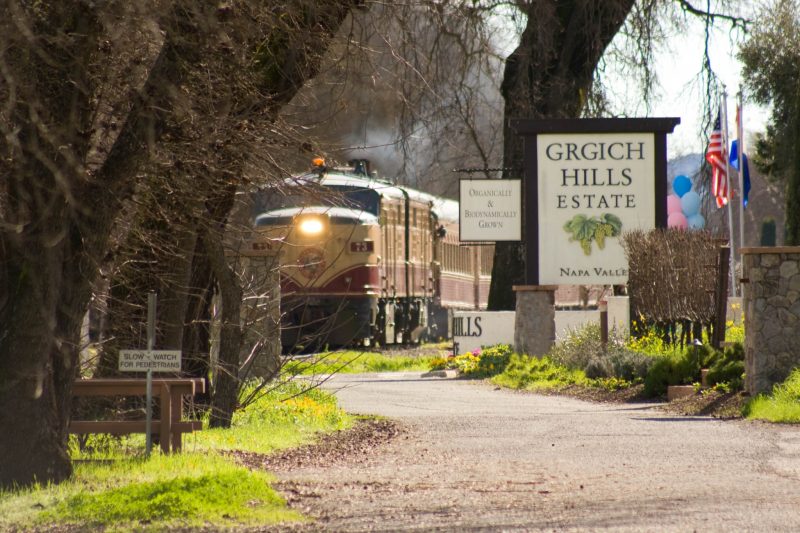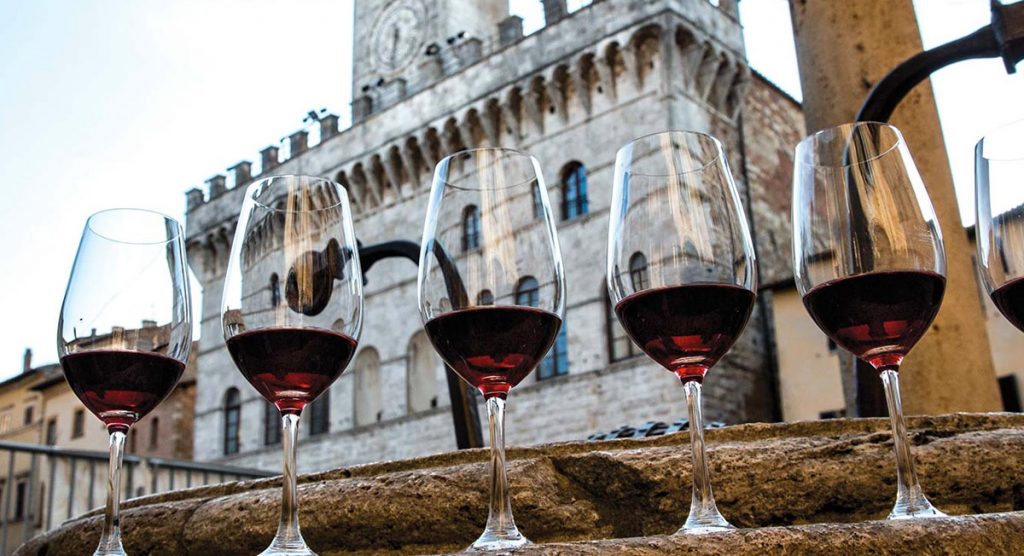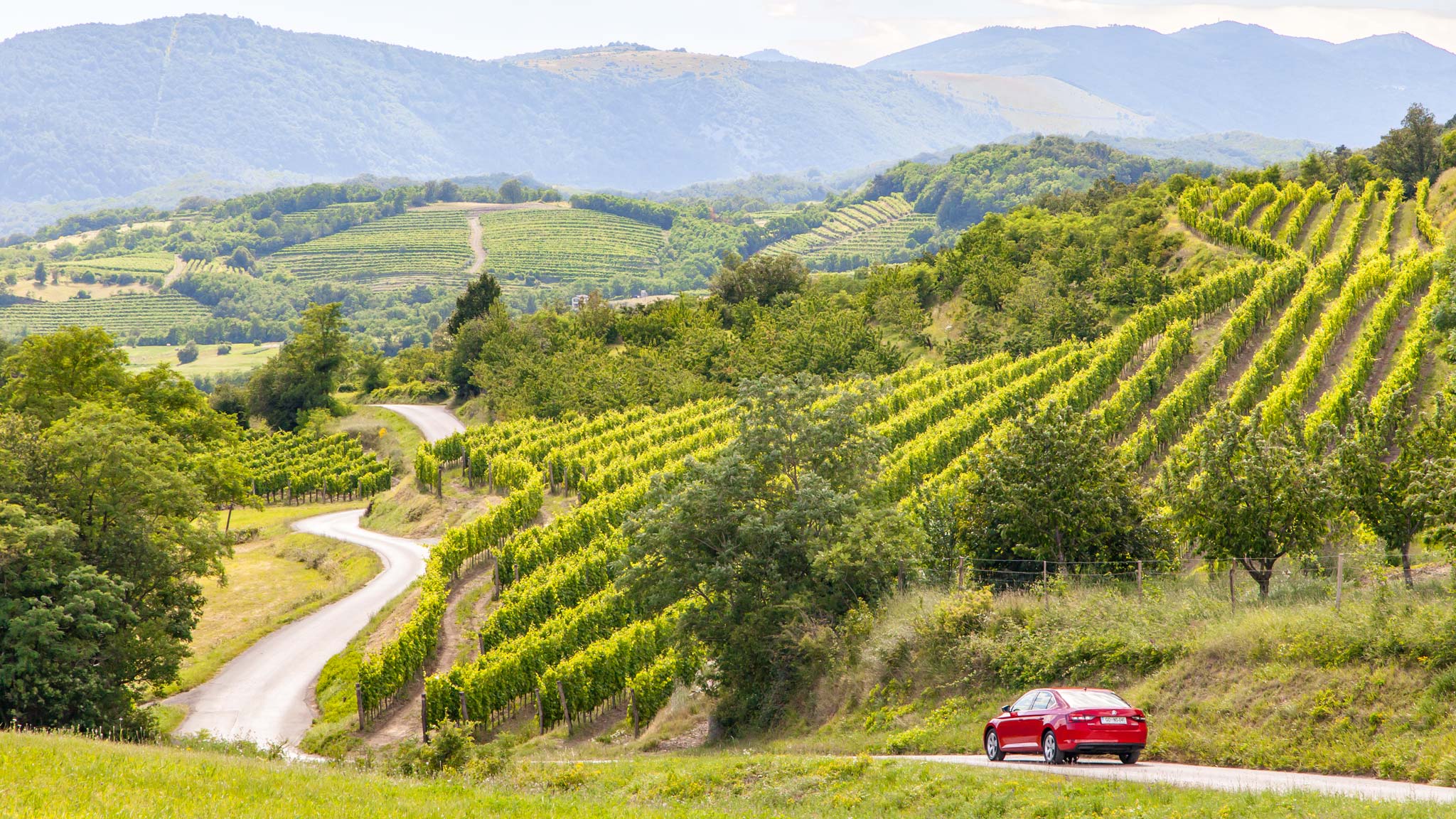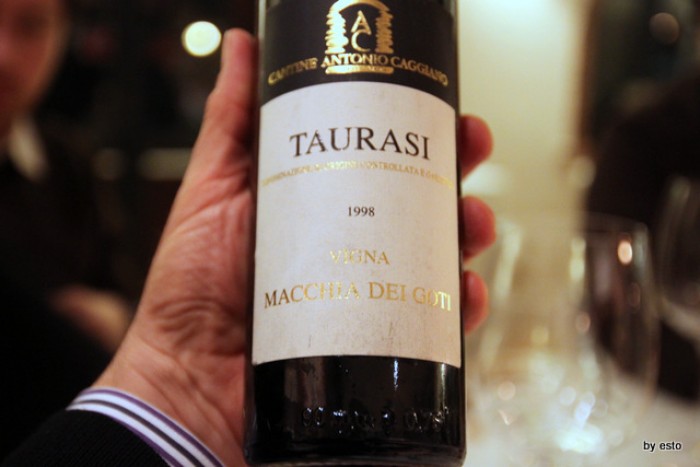Mario Soldati describes Asprinio di Aversa thus:
"There is no white in the world as absolutely dry as Asprinio: none.
Because the most famous dry whites always include, in their more or less intense and more or less persistent aroma, an albeit vague vein of sweetness.
Asprinio does not.
Asprinio smells barely, and almost lemony: but, on the other hand, it is of a total, substantial dryness that you cannot imagine unless you taste it… What a great little wine!
These in practice are some of the characteristics that make Asprinio di Aversa, Mario Soldati’s "great, little wine," unique, unparalleled Extremely dry and dry, of very fine and persistent perlage, it is a superb wine and an easy companion for the whole meal
The history of this wine is somewhat…sparkling. The story goes, in fact, that the sovereign Robert of Anjou, in the 14th century, instructed his cellarman, Louis Pierrefeu, to identify the best "cru" to plant the Asprinio vine, brought from France to produce sparkling wine, otherwise impossible to have because of the distances that divided the Kingdom of Naples from the Champagne Region. Pierrefeu was not slow to realize that the Agro Aversano had climatic conditions that would allow him to produce a sparkling wine that was "as light and lively as any other," with which he would literally intoxicate the Angevin court.
And so it was. Since then, Asprinio di Aversa has been known not only in Campania, but has been appreciated by great oenologists and refined connoisseurs until in 1993 it was consecrated nationally and internationally with the awarding of the DOC label
The physiological characteristics of the Asprinio vine, cultivated only in the Aversa area, and preserved in the typical tuff caves even more than 15 meters deep, where the temperature remains constant, winter and summer, around 13 to 14 degrees, make it, in addition to a "cheerful, light, spirited" wine (Veronelli), an elegant, exceptionally good sparkling wine, much sought after for its natural freshness.
Food pairings:
The wine is recommended with prosciutto, vegetable dishes, fish in white with mayonnaise, seafood salads, seafood, especially if raw, fried seafood and shellfish; particularly good with "mozzarella di Aversa".
The sparkling wine, on the other hand, is excellent as an aperitif or to accompany refined menus in white and throughout the meal; it is in excellent harmony with fried gilded frogs or fried ditch eels.
Wine characteristics:
Color: straw-colored, more or less loaded;
Smell: intense, fruity, characteristic;
Taste: dry, fresh, characteristic;
Grape varieties: Asprinio (min. 85 %), others (max. 15 %);
Min alcohol content: 10.5 %;
Maximum production: 120 qli/Ha, in the case of counter-espalier; 4 kg/sqm of green wall in the case of trellised;
Sparkling wine characteristics:
Mousse: fine and persistent;
Color: straw-colored, more or less intense;
Smell: fine, fragrant, characteristic;
Taste: dry, fresh, characteristic;
Grape varieties: pure Asprinio;
Min alcohol content: 11.50 %;
Maximum production: 120 qli/Ha, in the case of counter-espalier; 4 kg/sqm of green wall in the case of trellised
